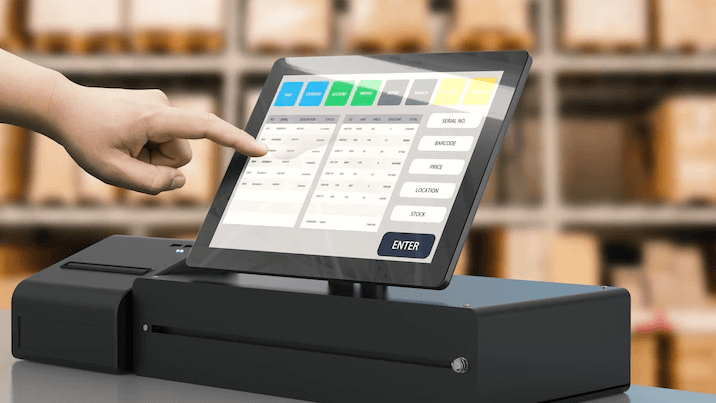The landscape of service and retail is growing, and so are the tools used to enable these. The latest POS systems are at the center of this revolution. They integrate both software and hardware to provide a far greater experience than the conventional cash register and receipt. The primary focus is no longer on collecting payment. The experience of the point-of-sale nowadays is about operational intelligence and customer insights. It also involves seamless integration of every aspect of your business.
POS Software: The Heart of the System
While traditional systems can handle simple transactions Point of sale POS software serves as an operational center. It keeps track of inventory sold, update inventory levels automatically and issues notifications when stock levels are low. It manages sales history and customer preferences, turning each transaction into useful data which can help inform future purchasing strategies and marketing decision-making.
One of the lesser-known advantages of a high-quality POS system is its capacity to connect dots among different departments. Certain systems, instead dealing with payroll separately, incorporate time clock functions that directly influence employees’ schedules and wage calculations. The result is a simpler workflow and fewer administrative headaches.

POS software today offers sync features that are vital for companies with both a physical presence and an online presence. Store-based products can mirror what’s on the internet in real time to avoid double-selling and stock issues. This is a crucial step as trends in shopping shift towards hybrid purchases, in which shoppers shop online and then pick up the product in store.
Why Integrity Matters More Than Ever
Integration is where the modern POS point of sale system truly shines. The days of having to juggle multiple tools that didn’t “talk” with each other are long gone. A strong POS platform is defined by its ability to connect inventory, sales administration, staff management and accounting.
Consider customer experience. One scan at the checkout could show a customer’s loyalty points, and also apply discounts. Additionally, it will send them an electronic receipt. The same transaction also updates revenue totals, inventory availability and daily reports on the backend. This allows for a more personal shopping experience, while also minimizing the need for manual input and a chance of making mistakes.
For business owners and managers the level of knowledge can be invaluable. They are able to adjust their pricing strategies, and react to changes faster thanks to accurate information in real-time.
The long-term benefits of smart Investment
It’s not surprising that increasing numbers of enterprises invest in POS systems. They provide tangible outcomes. They’re not just about speed or precision, but also by enabling intelligent decision-making, and long-term growth. No matter if you’re running a single location cafe or a thriving retail chain, a well-implemented POS point of sale helps streamline operations and reveal patterns you could have missed.
Moreover, as consumer expectations rise, a modern point of sales setup becomes an invisible but vital aspect of customer service. Today, customers demand speedy checkouts, accurate stock updates, and flexibility in digital payment. Businesses that meet these requirements build trust and encourage repeat business.
Final Thoughts
Modern POS systems aren’t just a way to check out. They’re a way to connect your employees, your products and your customers. A POS system that’s suitable for your business will allow you make better choices and make your business more efficient.
In today’s highly competitive marketplace staying ahead of the competitors means being aware and agile, as well as focusing on your customers. If you’ve got a modern and integrated POS system your side, not only do you make sales but also creating something that will last.